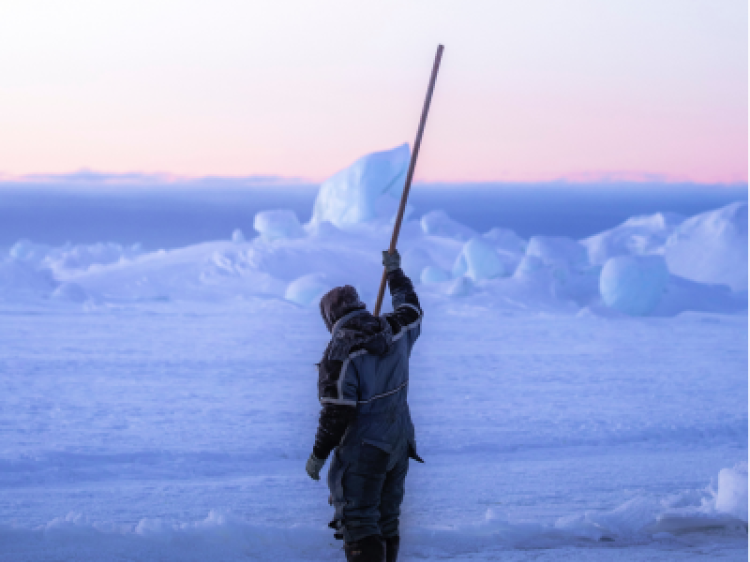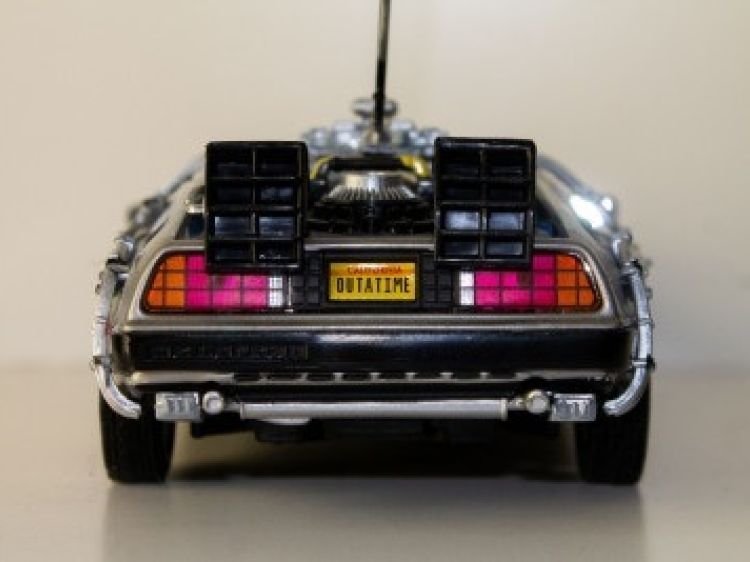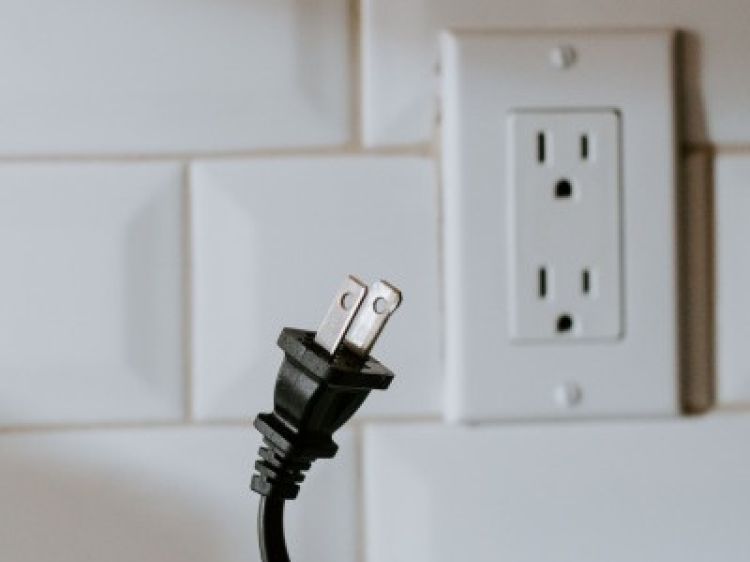Wind Turbine Simulator
Use an interactive wind simulator to give your learners a hands on experience with a wind turbine.
Climate Justice in the Canadian Arctic
In this activity, through guided conversations, learners will identify ways that climate change is affecting the livelihood of the Inuit in the Arctic. Through inquiry, learners will examine how climate change disproportionately affects Indigenous Peoples and identify ways of taking action to address this inequity. This activity was created by consulting with Mihskakwan James Harper - a passionate Nehiyaw (Cree) man from Sturgeon Lake Cree Nation, located in Treaty 8 territory (northern Alberta). With an MSc. in Renewable Energy, he is dedicated to bringing solutions that empower communities with clean technologies, ensuring that the children of the future get to experience the gifts of the land as much as he did.
Renewable Energy Sources
In this activity learners will identify non-renewable and renewable energy sources and research a renewable energy source in depth. Learners will present their research to their fellow classmates.
Microplastics in the Environment Experiment
Learners will get to collect flowing water and/or sediment samples to analytically test for plastics via density separation and visual inspection.
All About the Baseline
Learners will establish trends in their schools energy use.
Back to the Future
Learners explore how transporting goods has changed over time, noting that freight makes up 43% of Canada’s transportation emissions. They sort Moving Goods Cards, weighing speed and pollution to compare sustainability. Then, learners examine a case study and create their own solutions, reflecting on how today’s transportation choices shape the future.
Can You Observe How You Conserve?
Learners will research a chosen topic on how conserving energy will impact the school.
Changing Our Ways
After charting their energy use for a twenty-four hour period, learners look for ways to reduce it. They implement energy saving strategies, and then track their energy use for another twenty-four hour period. As they reflect on their experiences, learners consider the challenges to change and then identify an action plan that they can commit to and chart for a full two weeks.
Community Walk
Learners will go on a walk to think about energy use in their community.
Electronic Overload
Learners will investigate how much energy it takes to keep their daily technology functioning.














